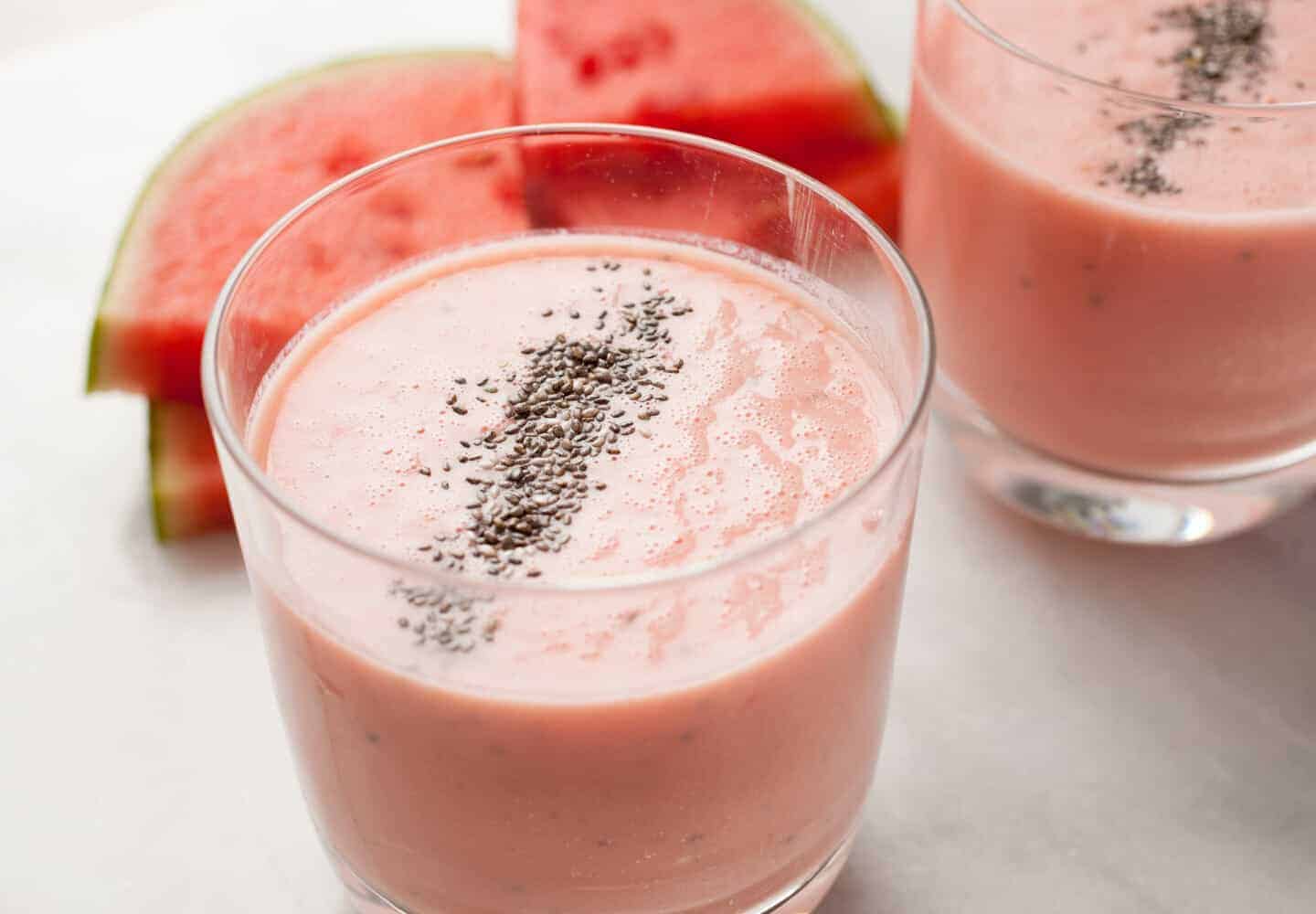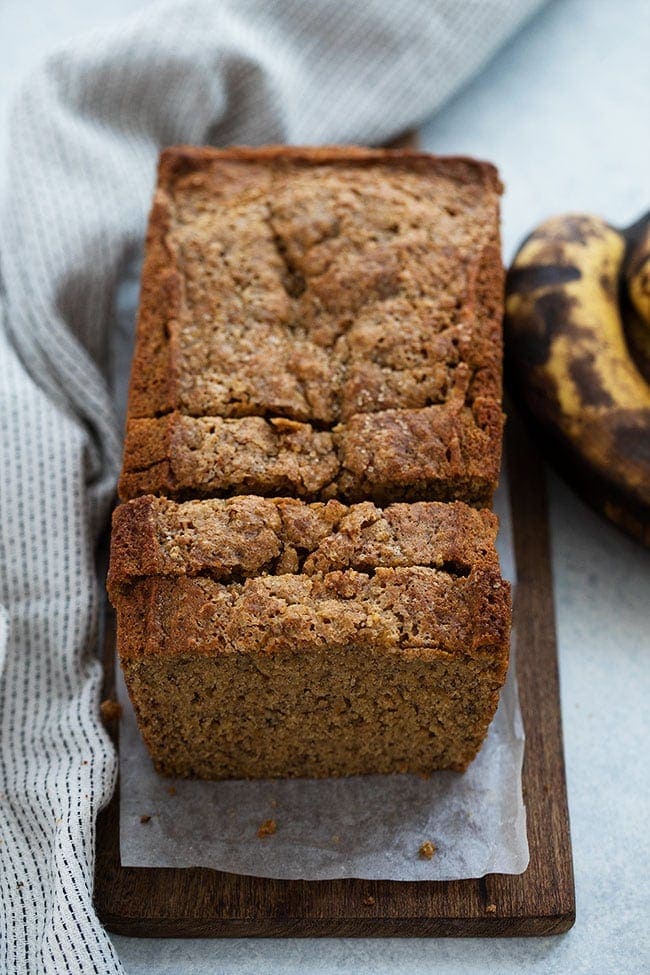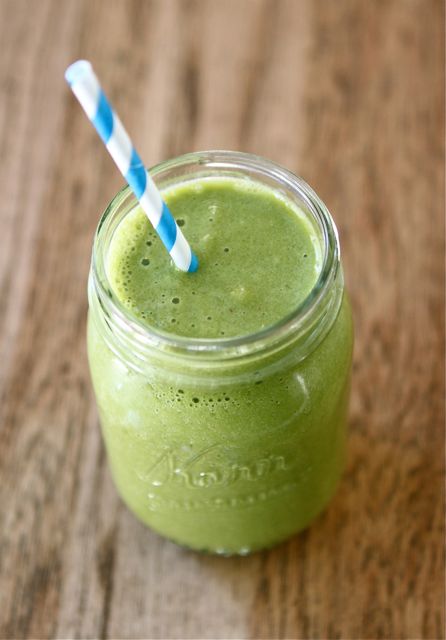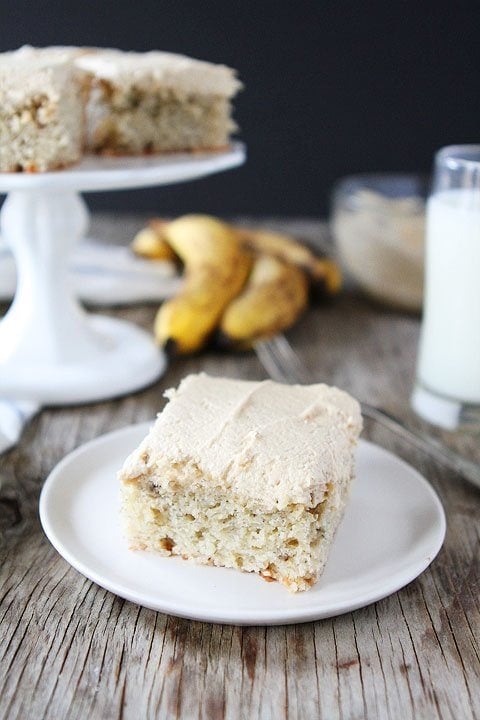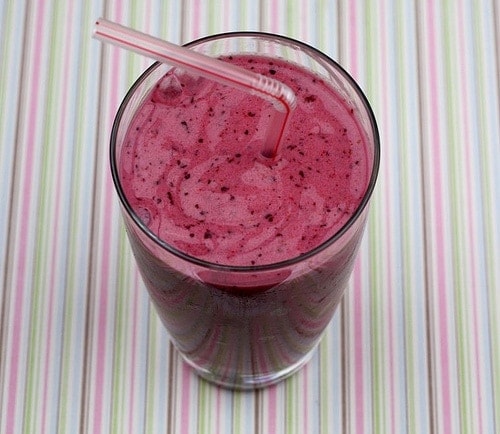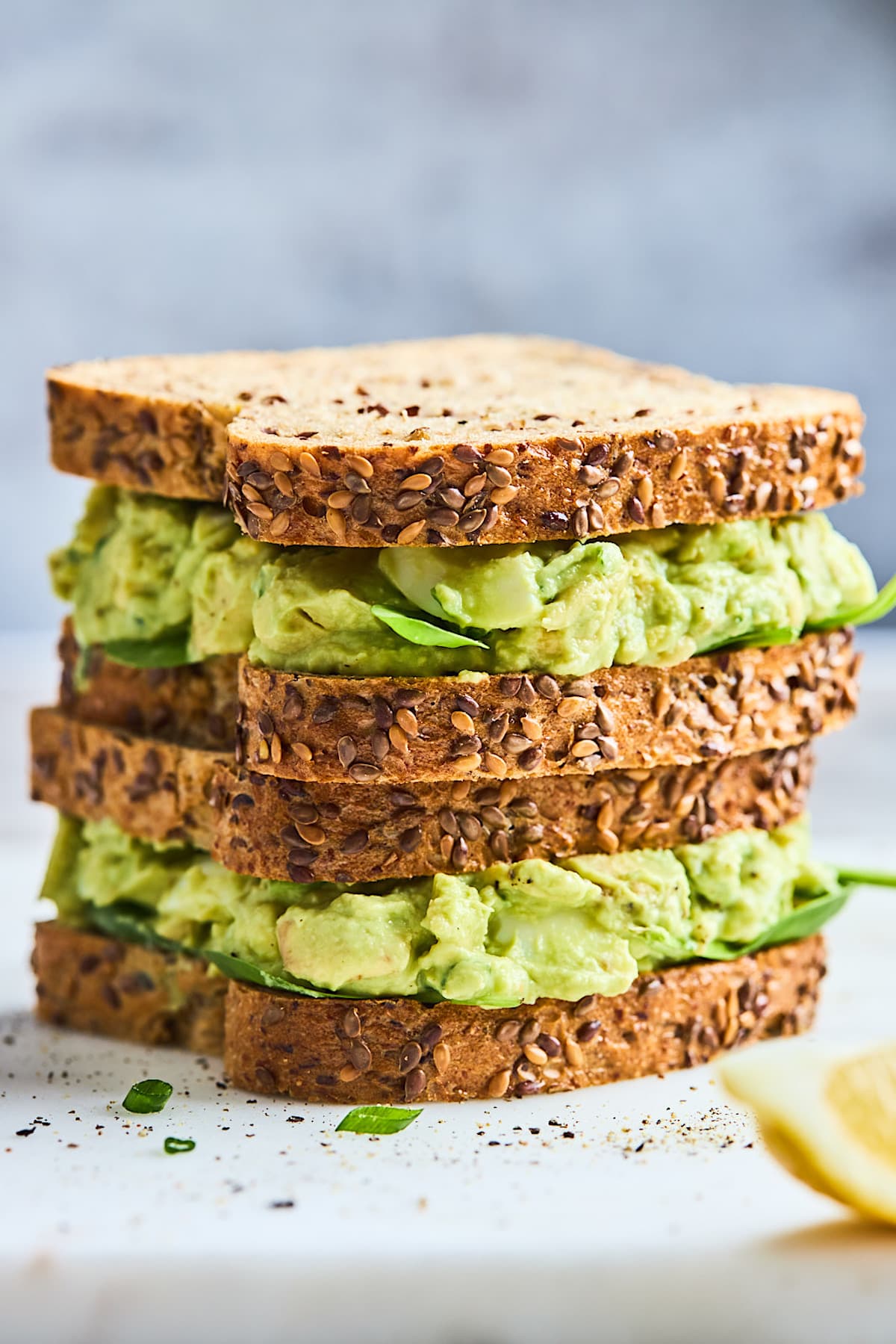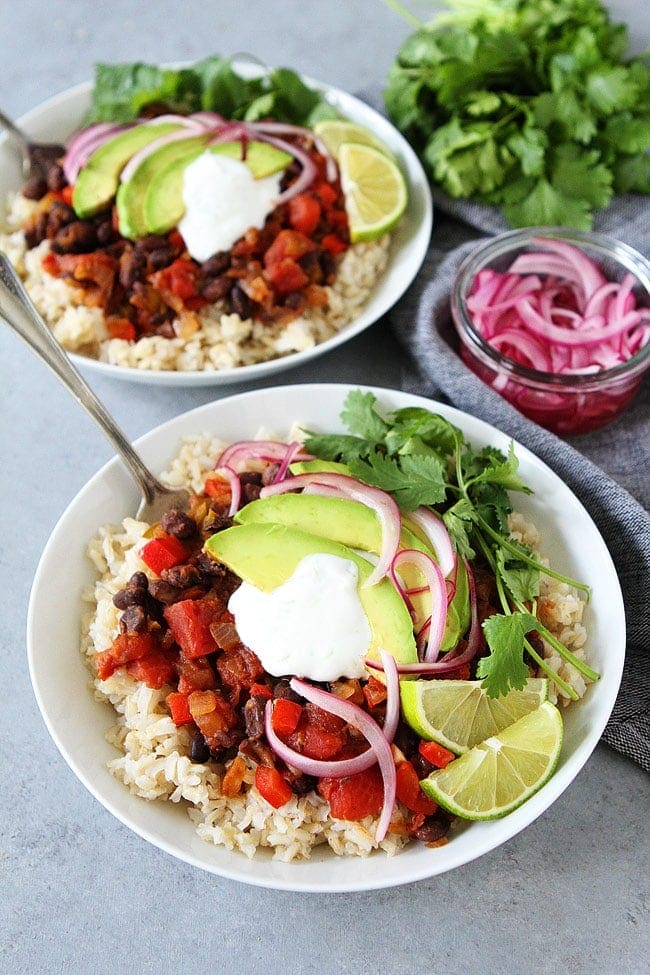Greek Yogurt: Important Facts, Health Benefits, and Recipes
Explore the health benefits, history, and various uses of Greek yogurt, a protein-rich, gut-friendly food that's perfect for cooking, baking, and snacking.
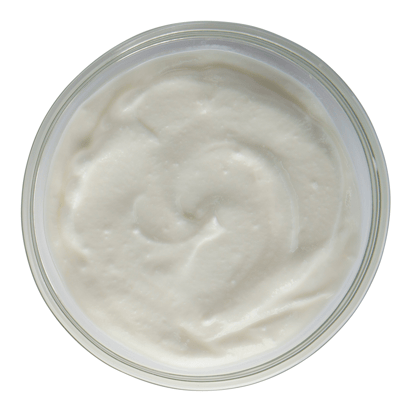
Best Greek Yogurt Recipes
-

-

-

-

-
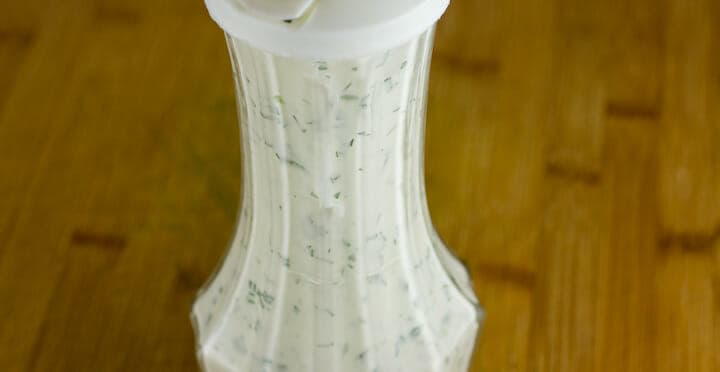
-

-

-

-
![Spicy Black Bean Patties Image]()
-
![Easy Chicken Sheet Pan Supper Image]()
-
![Creamy Watermelon Honey Smoothie Image]()
-
![Red Onion Strings Image]()
-
![Roasted Jalapeno Tater Salad Image]()
-
![Peanut Butter Banana Yogurt Pretzels Image]()
-
![Tofu Mac and Cheese Image]()
-
![Chickpea Patties with Yogurt Sauce Image]()
-
![Mason Jar Smoothies Image]()
-
![Red Bliss Potato Salad Image]()
-
![Overnight Coconut Muesli Image]()
-
![Tart Frozen Yogurt Image]()
-
![Chicken Tikka Sandwiches Image]()
-
![Lentil Falafels Image]()
-
![Best Bean Dip Image]()
-
![Healthy Banana Bread Image]()
-
![Black Bean Cheese Taquitos Image]()
-
![Brown Butter Salted Caramel Cookies Image]()
-
![Chicken Fajitas Image]()
-
![Slow Cooker Turkey Chili Image]()
-
![Vegetarian Quinoa Chili Image]()
-
![Creamy Tomato Tortellini Soup Image]()
-
![Avocado Ranch Dip Image]()
-
![Whole Wheat Strawberry Banana Muffins Image]()
-
![Chocolate Sour Cream Bundt Cake Image]()
-
![Roasted Cauliflower and Chickpea Tacos Image]()
-
![Potato Salad Recipe Image]()
-
![Creamy Greek Pasta Salad Image]()
-
![Green Smoothie Image]()
-
![Easy Banana Cake with Peanut Butter Frosting Image]()
-
![Lemon Poppy Seed Muffins Image]()
-
![Blueberry Banana Smoothie Image]()
-
![Avocado Egg Salad Image]()
-
![Tzatziki Sauce Image]()
-
![Roasted Garlic Bacon Blue Cheese Dip Image]()
-
![Black Bean Skillet Dinner Image]()
-
![Spinach Artichoke Pasta Salad Image]()
-
![Strawberry Bread Image]()
-
![Slow Cooker Black Bean Tortilla Soup Image]()
-
![Brown Butter Zucchini Coffee Cake Image]()




